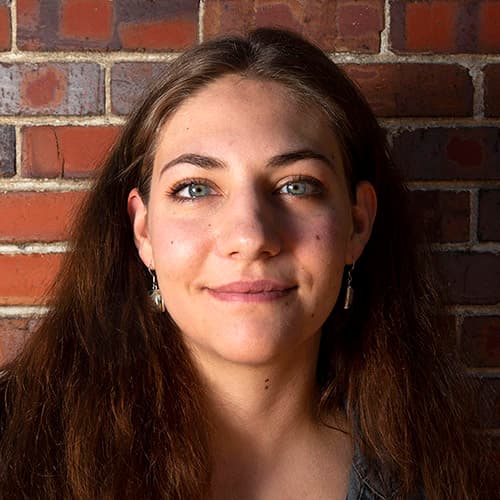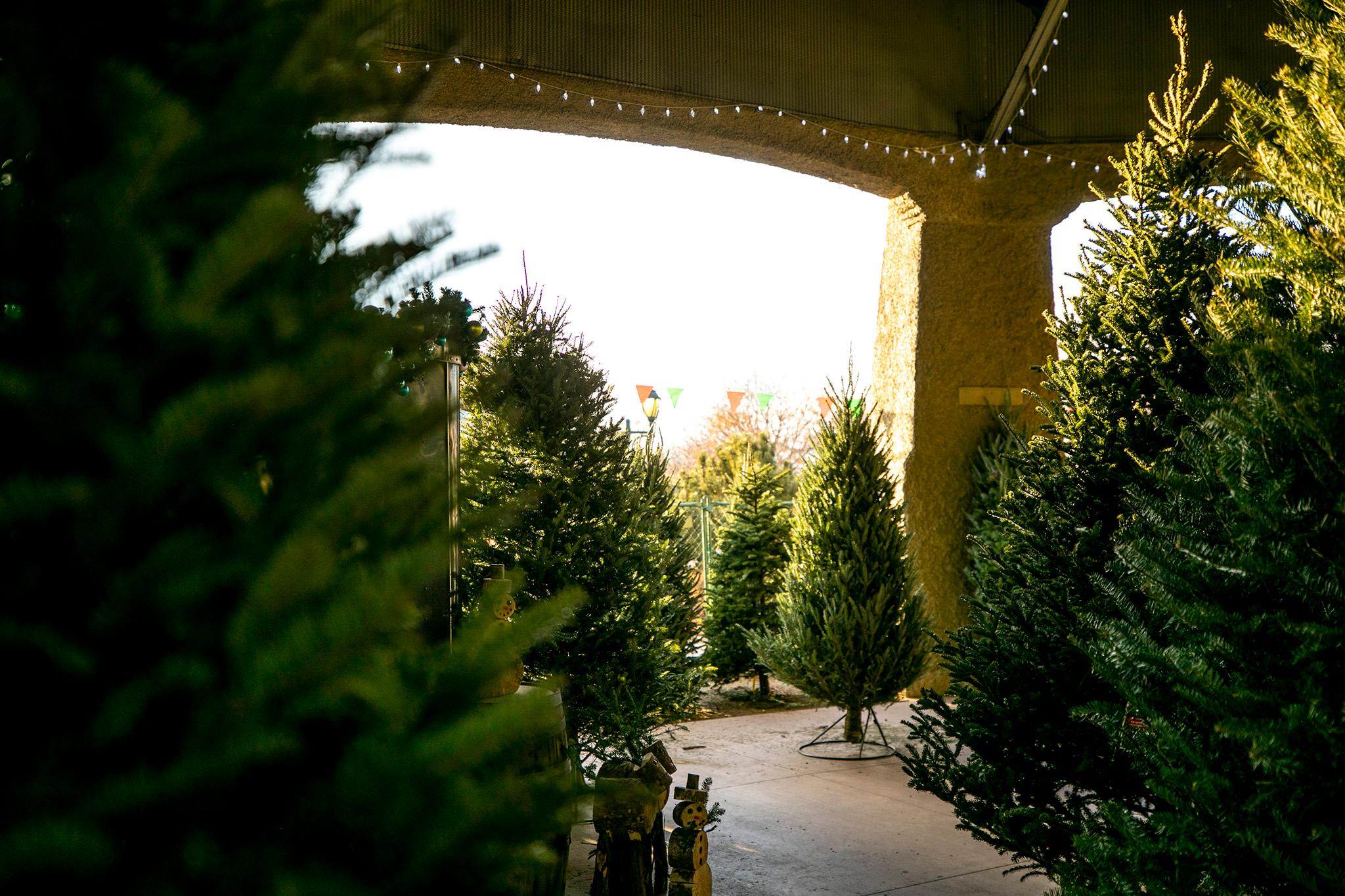The future of Denver's now-defunct Park Hill Golf Course has become a tangled and messy neighborhood dispute that will soon draw in the entire city.
At 155 acres, the empty plot of land in north Denver rivals the size of Washington Park. It's one of the last undeveloped properties within city limits, and the land is protected by a conservation easement. Understandably, the property has become a massive draw for greenspace advocates. They've organized into a group called Save Open Space Denver and are doing everything in their power to keep the land undeveloped.
Westside Investment Partners, a developer whose work at the Loretto Heights Campus is already known to many Denverites, bought the land in 2019 with the intention of lifting the conservation easement through a deal with the city. Their goal is to gather community input to create a mixed-use development. The city has given them three years to get the plan approved. If they can't, the whole process will be scrapped at Westside's expense.
Opponents accuse Westside of supporting their bottom line at the cost of the city's open space and using PR stunts to get on the community's good side. SOS Denver, meanwhile, has been accused of single-mindedly pushing a catchy agenda while ignoring the needs and voices of the historically marginalized Northeast Park Hill neighborhood. Both sides have powerful community players and longtime residents on their side.
They have pulled out all the stops -- using lawsuits, ballot measures, public steering committees and community surveys to support their agendas.
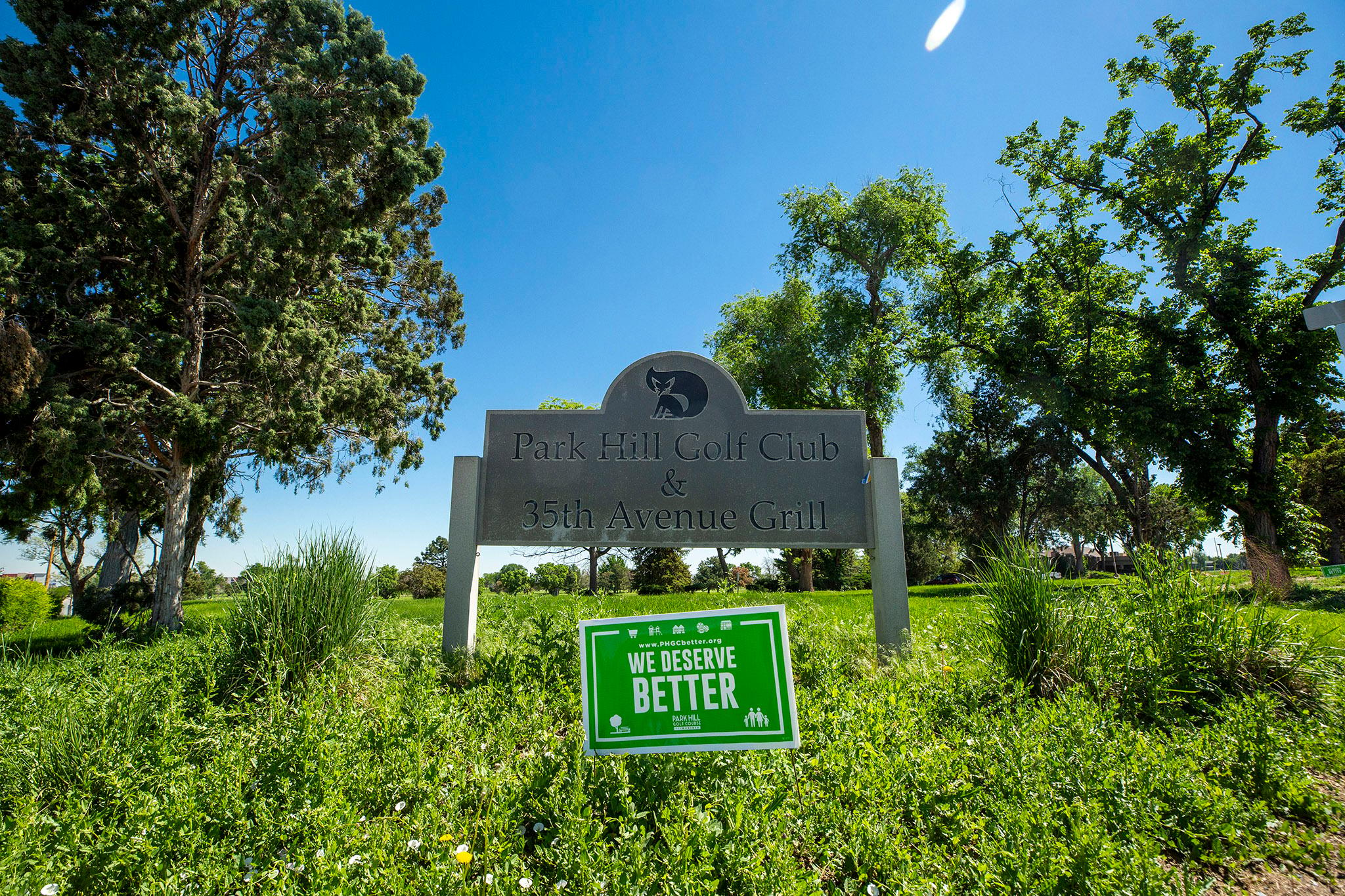
This all started with the city trying to buy the golf course. (Get ready to read the word "easement" a lot.)
In 1989, $2 million in city bond money was earmarked to buy Park Hill Golf Course, but a deal between the city and the nonprofit George W. Clayton Trust, the golf course's then-owner, wasn't solidified until eight years later.
By that time, $2 million wasn't enough to buy the land, but the Clayton Trust still needed the money. So, the two parties hatched a new deal: the Clayton Trust would remain the property owner, relinquish their development rights and put a conservation easement in place that required the land be used as a golf course -- all in exchange for the city's $2 million.
Colorado conservation easements, in general, are meant to protect land with specific conservation value, such as wildlife habitat, water rights or special views. However, the land on which the Park Hill Golf Course is located is not considered to have those values, except that it provides a recreational service in the form of golf.
One of the biggest debates between open-space advocates and the developer is whether this original easement was a sweetheart deal between a respected nonprofit and the city, or whether it was a serious conservation easement created to stand up to state statutes and laws.
In 1998, the Clayton Trust began renting the land to a golf course operator. Even though the trust was a tax-exempt organization, the golf course operator was not, so the Clayton Trust had to pick up the tax bill.
To fix this taxation issue, a new agreement between the Clayton Trust and the city was created, this time dubbed an "Agency Agreement," to correct the property tax problem. The land would remain under Clayton Trust management, but be signed over to the city. It would continue to function as an 18-hole golf course.
The original conservation easement, replaced by this agency agreement, was terminated. But part of the agreement was that if the Clayton Trust wanted to sell the land, it was legally obligated to put in a new easement.
So when the Clayton Trust finally decided to sell the land to Westside in 2019, another conservation easement had to be created.
State law regarding conservation easements had changed between 1997 and 2019 -- a revised state statute that added extra steps for lifting conservation easements went into effect just weeks before Westside's easement with the city was created.
Now, conservation easements could only be lifted through a court order, and only if the judge deemed it "impossible" for a property "to fulfill its conservation purposes."
Westside doesn't think the state statute applies, because they believe the language in their conservation easement allows enough leeway to make a deal with the city to lift it.
Ultimately, whether this is a city matter, like Westside wants, or a state matter, like SOS Denver prefers, will be up to the lawyers.
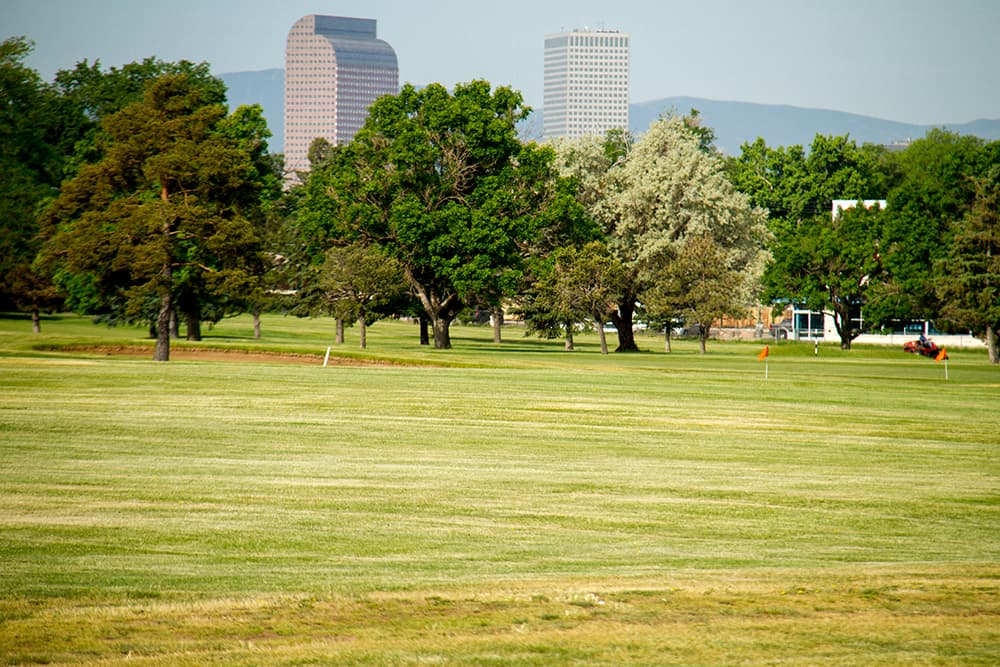
But let's say it was up to the community. What would they want?
In early 2021, Westside launched community outreach in coordination with the Park Hill Golf Course Steering Committee, a 27-member board of representatives chosen to guide the process. Most of the community's response has pointed towards support of a mixed-use development, but the outreach process has been heavily criticized.
In February and March, Denver Metro Community Impact, a local nonprofit held community roundtables in the Northeast Park Hill, Clayton and Elyria-Swansea neighborhoods. These community talks gave a broad overview of residents' ideas and needs.
The top three concerns regarding the use of the golf course's land were retail, open space and housing. Other topics included gentrification, displacement and a general sense of distrust regarding the city and Westside, the developer.
More specific insights were collected in a study conducted by RRC Associates, a marketing firm paid by the city. According to their results, when nearby residents were given the chance to pick their desired land allocations, around 70 percent created a blend of green space and developments. Just over 20 percent wanted only open space, and eight percent wanted only development.
The information was collected in two surveys, one sent to nearby residents via mail, and one open to the general public through an online questionnaire. Combined, the surveys saw nearly 3,000 responses and immediately generated controversy.
In published comments, many participants wondered whether asking questions about developing a piece of land still under a conservation easement was even fair. Others called it a "push-poll" because the very first question forced respondents to choose a preference between "golf" and "all other uses," only later giving people a chance to advocate for other open space.
Even the distribution of the mailed survey was questioned; in a steering committee, a resident said he and his neighbors never received it, despite living in a community bordering the golf course.
In many ways, the community outreach done by the city and the developer is a moot point to SOS Denver supporters, who believe that the entire endeavor is wrong as long as the conservation easement is in place. To have a community visioning process now is to put the cart before the horse, at least for SOS Denver advocates.
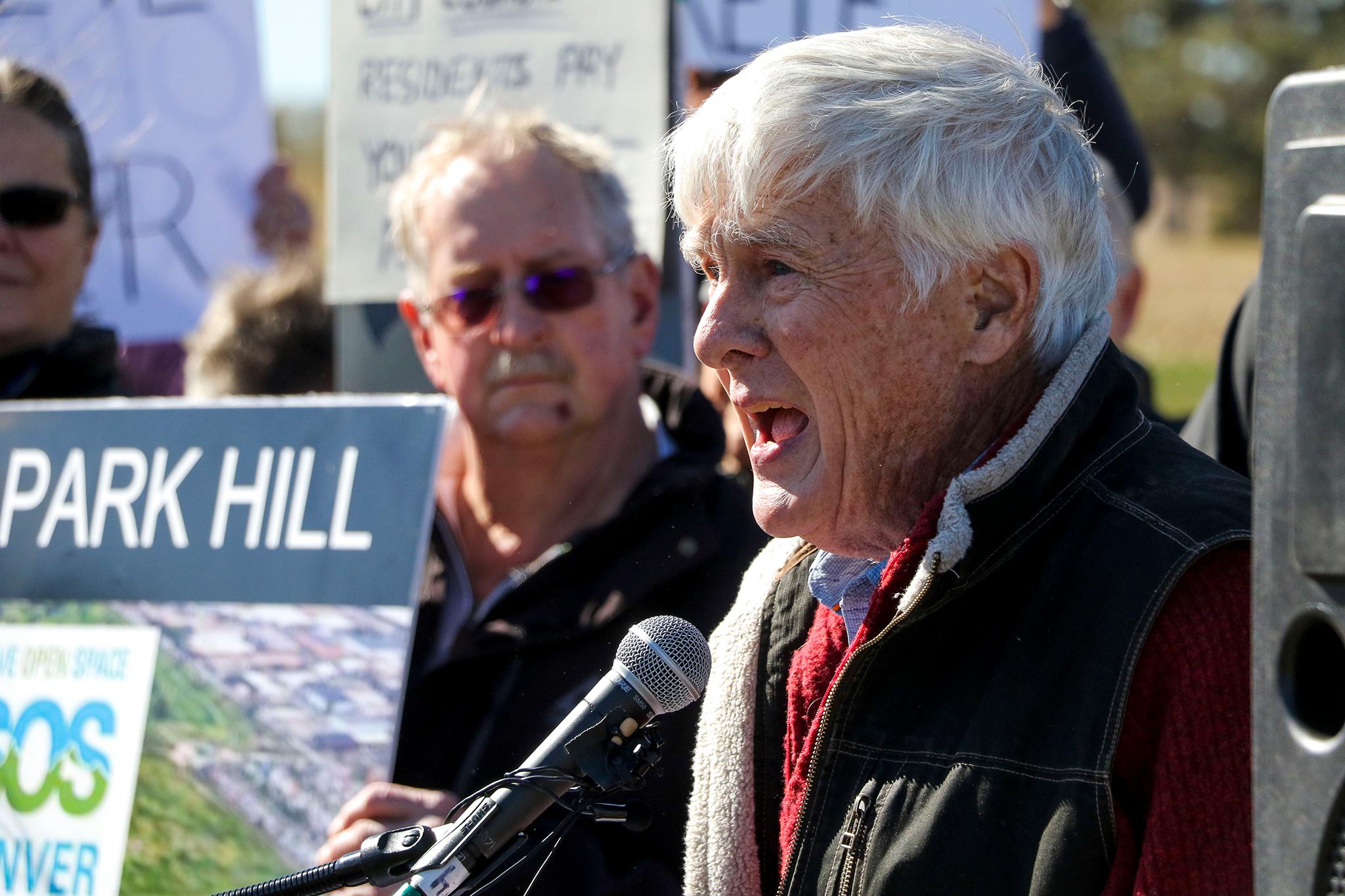
The disagreement over how to use the land isn't happening in a vacuum -- it's happening in neighborhoods.
The three neighborhoods that make up Park Hill, especially Northeast Park Hill, experienced drastic white flight after Black families moved in after World War II, and the fleeing whites took property values and tax dollars with them.
Even today, South Park Hill is wealthy and overwhelmingly white, while Northeast Park Hill is predominantly low income and has a large Black population. And now, as Northeast Park Hill becomes more expensive along with the rest of Denver, Black residents are moving away.
The neighborhood has also lost numerous Black-owned businesses over the last two decades, including community centers like The Holly Shopping Center and The Dahlia.
"[Developing Park Hill Golf Course] gives this neighborhood the opportunity to have this as a center of commerce for the African American community, which does not exist now," Carrol Watkins Ali, a longtime Park Hill resident, said.
Given the history of the neighborhood, some residents think that SOS Denver's ballot initiative, which asks that the entire city vote on whether to lift the conservation easement, is unfair. Historically, people in the areas near the golf course have had less say about the future of their own neighborhoods because of redlining, discriminatory housing practices and the impacts of systemic racism. The thinking is that having the entire city vote on an issue concerning Northeast Park Hill would just be one more instance of taking away their agency.
The ongoing arguments over the future of the Park Hill Golf Course only highlight how complicated decisions over land use can be -- and who, ultimately, gets to make those decisions.
As SOS Denver and Westside continue to duke it out over whether the conservation easement is still valid, conversations between the two parties, the Park Hill Golf Course Steering Committee and the community have continued. The main points of interest differ almost from person to person, with talking points hitting every topic imaginable -- from gentrification to the city's heat-island effect.
Even Westside freely offering to keep 60 acres of the land undeveloped has turned into a dispute. SOS Denver members questioned whether the promised 60 acres would include a stormwater detention area, and whether that usage was a cop-out by Westside. While the drainage space can't be used to build housing, non-habitable structures like athletic fields could be built there. Plus, 73 percent of the respondents to the RRC Associates survey said athletic fields were a use they wanted.
And this is how quickly simple premises become convoluted in the murky waters of the Park Hill Golf Course debate.
Other discussions revolve around the topic of food deserts, and whether Northeast Park Hill is one, despite the nearby Park Hill Supermarket. Westside argues that the store is a specialty restaurant supplier that is ill-suited to meet the needs of individuals or families. SOS Denver disagrees, highlighting the store's fresh produce and its proximity to the golf course.
A recent Steering Committee meeting debated whether the grocery store served the needs of the neighborhood, but the topic quickly fizzled out as complicating factors such as gentrification were introduced into the conversation. The group eventually questioned whether adding a new grocery store anywhere would address food insecurity, since most fresh food is considerably more expensive than what's available at a 7-Eleven.
This is how difficult it becomes to answer a seemingly harmless, even tangential question about development of the site. And in just a few weeks, voters will be asked to make sense of it when they vote on Initiated Ordinances 301 and 302.
Ordinance 301, SOS Denver's initiative, would mean the entire city votes on whether or not to lift this and any conservation easement. Ordinance 302, the initiative pushed by Westside, changes the definition of which conservation easements are eligible for the citywide vote, conveniently exempting the golf course.
Ballots drop in the second week of October. Read the full Denverite voter guide here.
Clarification: This story was updated to more precisely describe what Initiated Ordinance 302 would change -- the definition of a conservation easement that is eligible for a citywide vote.
